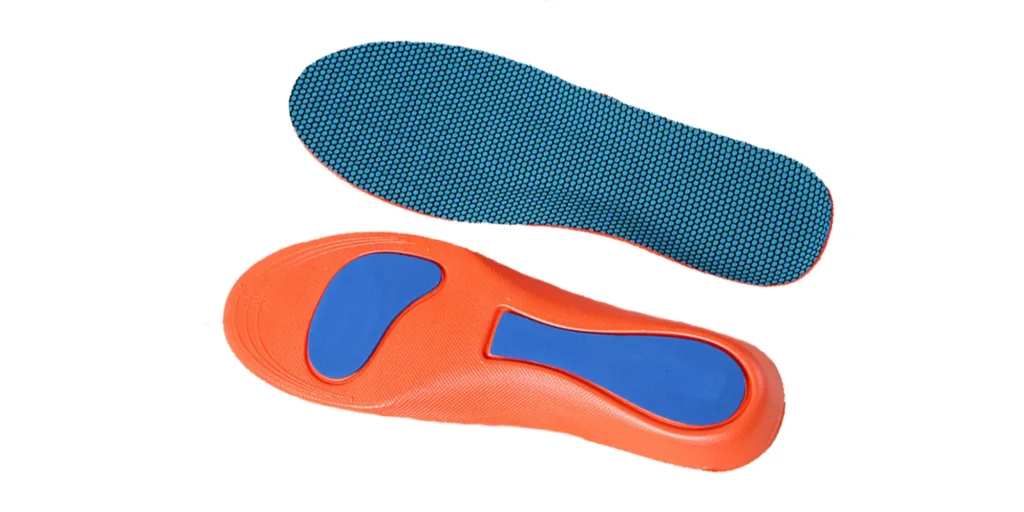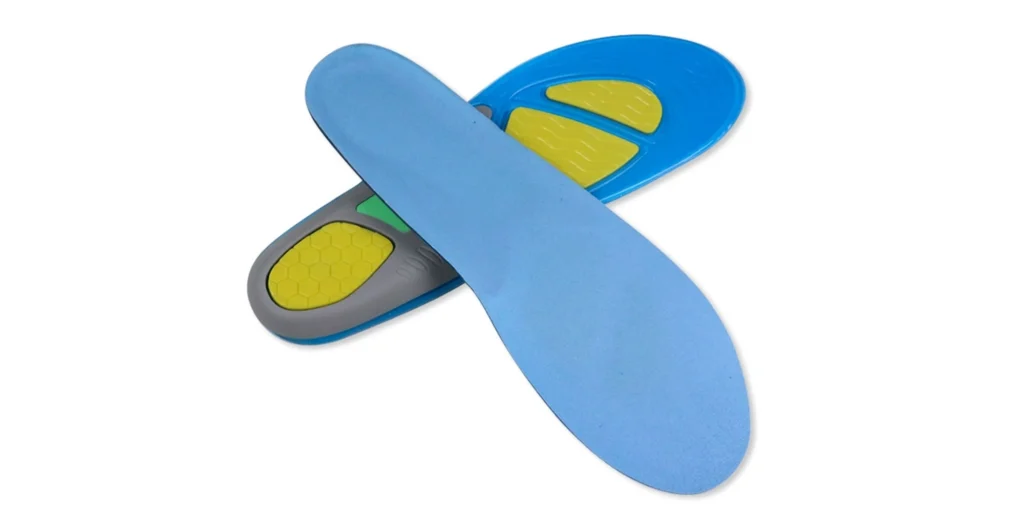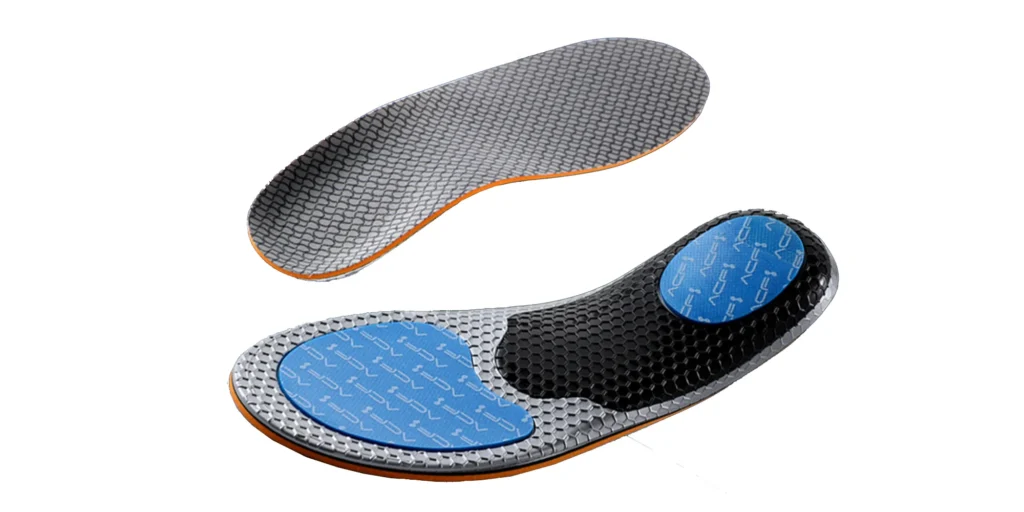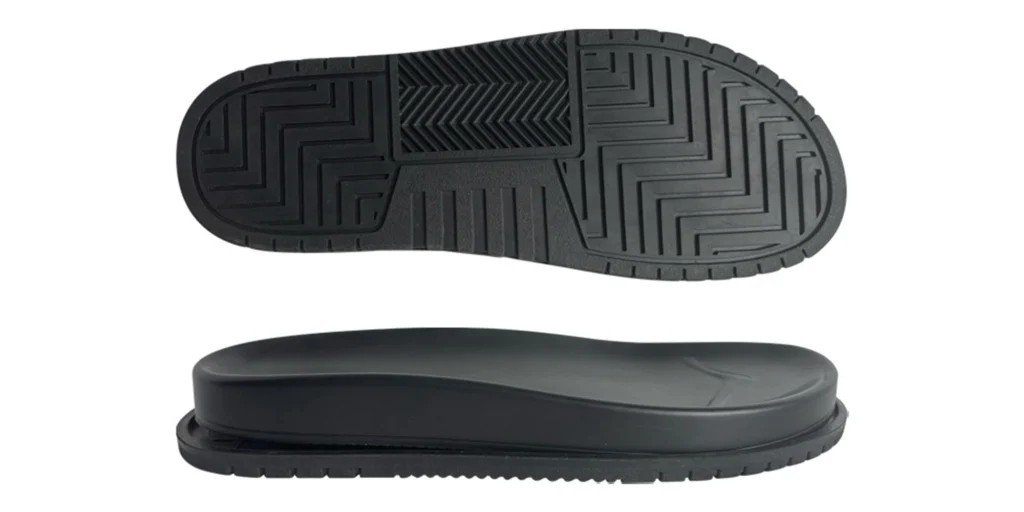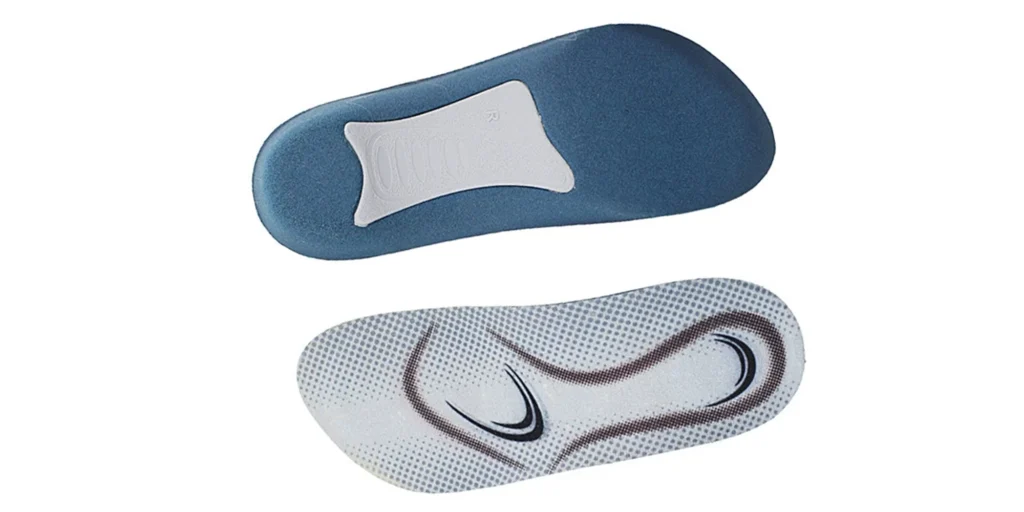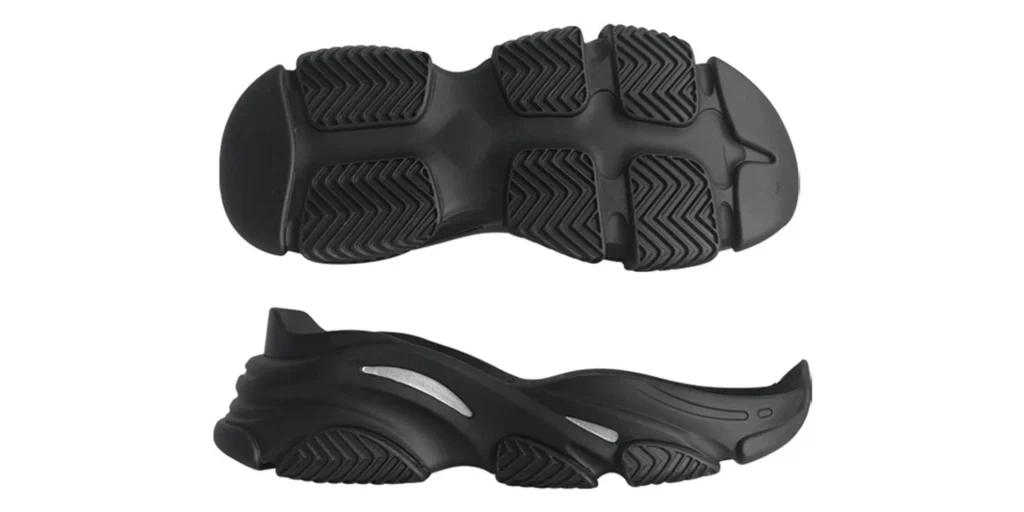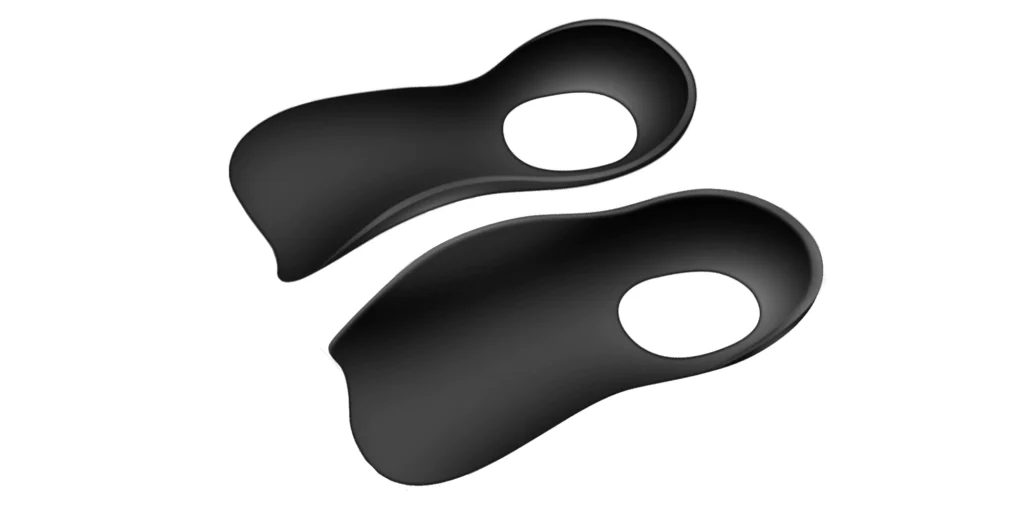Abstract
This comprehensive study examines the burgeoning market potential of recyclable EVA (Ethylene-Vinyl Acetate) foam materials, underscoring their unparalleled environmental benefits and cost-saving merits. Through rigorous analysis of global market trends, we demonstrate how this material is catalyzing sustainable transformation across footwear, packaging, and automotive industries. Projections indicate the global recyclable EVA market will expand by over 20% by 2030, maintaining an 8% CAGR, propelled by regulatory frameworks and heightened environmental consciousness.
The analysis reveals how sustainable practices can significantly reduce operational expenditures (including waste management and raw material procurement costs) while exploring future innovation opportunities. The paper concludes with pragmatic recommendations for enterprises to develop competitive win-win strategies.
Executive Summary
Amid intensifying climate challenges and resource constraints, sustainability has emerged as a corporate imperative. Recyclable EVA foam, an innovative green technology, is rapidly transitioning from niche applications to mainstream market prominence. Serving as an eco-conscious alternative to conventional plastics, its closed-loop recycling mechanism creates remarkable “eco-efficiency” advantages for businesses.
Market intelligence reveals the global EVA foam sector reached $20 billion in 2023 (Grand View Research), with recyclable variants constituting 15%—a share projected to surge to 25% by 2030. This underscores the material’s understated yet formidable market potential.
Fundamental Properties and Circular Economy
The unique characteristics of EVA foam—notable for its pliability, lightweight composition, and exceptional elasticity—have established its dominance across athletic footwear, protective packaging, and automotive interiors. Traditional EVA production relies heavily on fossil fuels, generating substantial carbon emissions and marine pollution.
In contrast, recyclable EVA facilitates genuine circularity: post-consumer products like athletic footwear are reclaimed, reprocessed, and reintegrated into manufacturing cycles without compromising material integrity. Industry exemplars such as Adidas’s “Futurecraft Loop” initiative demonstrate that each metric ton of recycled EVA reduces CO2 emissions by 400kg while yielding 30% raw material savings.
This revolutionary paradigm delivers simultaneous benefits: enhanced brand equity through environmental stewardship and improved profitability via optimized resource utilization.
Environmental Impact and Regulatory Synergy
Recyclable EVA materials demonstrate profound alignment with zero-waste objectives.
- They address the plastic landfill crisis—with global plastic waste reaching 300 million tons annually (UNEP), 15% originating from packaging and footwear sectors. Recyclable EVA systems can reduce environmental impact by over 50%.
- Their manufacturing processes demonstrate superior efficiency, consuming 40% less energy than virgin material production—directly contributing to corporate ESG targets.
Stringent regulations like the EU Green Deal and China’s Dual Carbon Policy are mandating 50% recycled content in plastic packaging by 2025, creating regulatory incentives for EVA adoption.
Consumer research (Nielsen) confirms 76% of buyers demonstrate preference for sustainable brands, with companies adopting recyclable EVA experiencing 12% web traffic growth (SEO analytics). This substantiates how environmental responsibility translates into brand desirability while enhancing digital discoverability.
Economic Viability and Operational Efficiency
The cost-competitive advantage stems from enhanced resource productivity.
- Traditional manufacturers face volatile raw material pricing—with 2022 oil price surges increasing virgin plastic costs by 20% (PlasticsToday). Recyclable EVA circumvents this through material recovery, reducing procurement expenses by 30-40%.
- Nike’s Vietnamese facility realized $1 million annual savings per production line while achieving 5% conversion rate growth through “recyclable footwear” product positioning (SEO tracking data).
Additional savings emerge across operations: streamlined logistics, reduced storage losses, and government tax incentives collectively enhance profitability. Forward-looking enterprises investing in recyclable EVA may realize 15% ROI improvements.
Strategic recommendations for SMEs include optimizing digital content around cost-efficient sustainable materials to strengthen online visibility.
Market Expansion and Technological Convergence
- Asia-Pacific commands 45% of global EVA demand, with China and India driving accelerated adoption.
- Emerging innovations like 3D-printed recyclable EVA are expanding applications into medical devices (projected 10% market share by 2028).
- Challenges: Inadequate recycling infrastructure—only 20% of plastics are currently recycled globally.
- Opportunities: Digital solutions leveraging AI and blockchain show promise in addressing systemic inefficiencies.
Implementation Roadmap
Enterprises should consider a three-pronged strategy:
- Content optimization targeting “cost-efficient sustainable materials”
- Strategic partnerships with industry platforms for backlinking
- Performance analytics to refine conversion pathways
Projections indicate circular business models will propel recyclable EVA to 40% market dominance by 2030.
FAQs
Q1: What constitutes EVA foam material and how is it recycled?
EVA foam comprises an ethylene-vinyl acetate copolymer, widely utilized in footwear and protective packaging. Its recyclable variant employs closed-loop systems where post-consumer products are collected, granulated, and reprocessed into new feedstock without material degradation—achieving 100% circularity while minimizing carbon emissions through optimized thermal reprocessing.
Q2: What environmental advantages does recyclable EVA foam offer?
Primary ecological benefits include:
- 50% reduction in landfill contribution
- Decreased fossil fuel dependence (through material recovery)
- 40% lower energy consumption versus virgin production
These attributes advance corporate zero-waste commitments while strengthening ESG profiles.
Q3: How does recyclable EVA deliver cost efficiencies?
The economic value proposition manifests through:
- 30-40% raw material savings via circular sourcing
- Fiscal incentives including tax abatements
- Premium pricing capacity from sustainability-conscious consumers
Q4: What growth potential exists for recyclable EVA?
Global market valuation is projected to reach $70 billion by 2030 (8% CAGR), driven by regulatory mandates and consumer demand (70% search preference for sustainable products).
Q5: How can SMEs participate in recyclable EVA development?
Practical approaches include:
- SEO-optimized content targeting strategic keywords
- Consortium participation to leverage collective expertise
- Gradual implementation through pilot programs
WELLE Trade has over 20 years of experience in the production and processing of PE/EVA/TPE foams, so you may want to consult with them if you have any sourcing needs.
